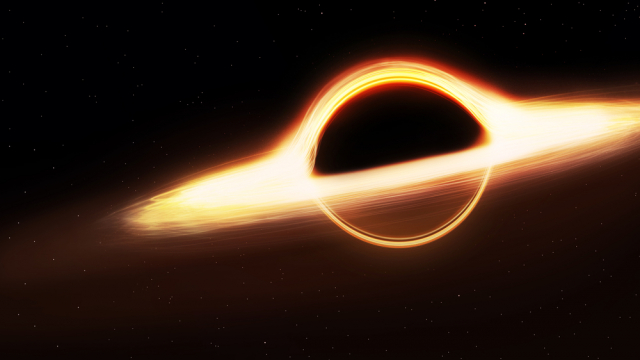The world of 2024 is a world where artificial intelligence (AI) is no longer a fantasy, but a reality. From everyday tasks to global challenges, it is infiltrating every aspect of life, changing the way we think about the future.
AI in action: from Chat to ChatGPT
AI today is not a monolithic phenomenon, but a collection of different technologies, each with unique capabilities.
– Chat, developed by OpenAI, is a powerful language model capable of generating human-like text, answering questions, assisting in writing letters, and even creating poetry.
– ChatGPT AI, created by Google, is a multimodal model capable of handling text, images, and other types of data.
– Leonardo AI – specializes in image generation, giving artists and designers a powerful tool for creativity.
Applications of AI: from NFT to medicine
AI is already being used extensively in a variety of fields:
– NFT creation: AI generates unique digital assets, opening up new opportunities for artists and collectors.
– Website development: AI assistants help with code writing, design and content generation, speeding up the website development process.
– Education: AI creates personalized learning materials and helps with academic writing.
– Medicine: AI analyzes medical images, develops new drugs and personalizes treatments, improving healthcare efficiency.
Earnings through computing
AI also opens up new opportunities for earning money. Machine learning systems can analyze huge amounts of data and identify patterns that humans might not have noticed. This information can be used to make business decisions, predict financial markets, optimize production, and much more. Thus, AI experts can earn money by using their skills to solve complex problems and find valuable insights.






